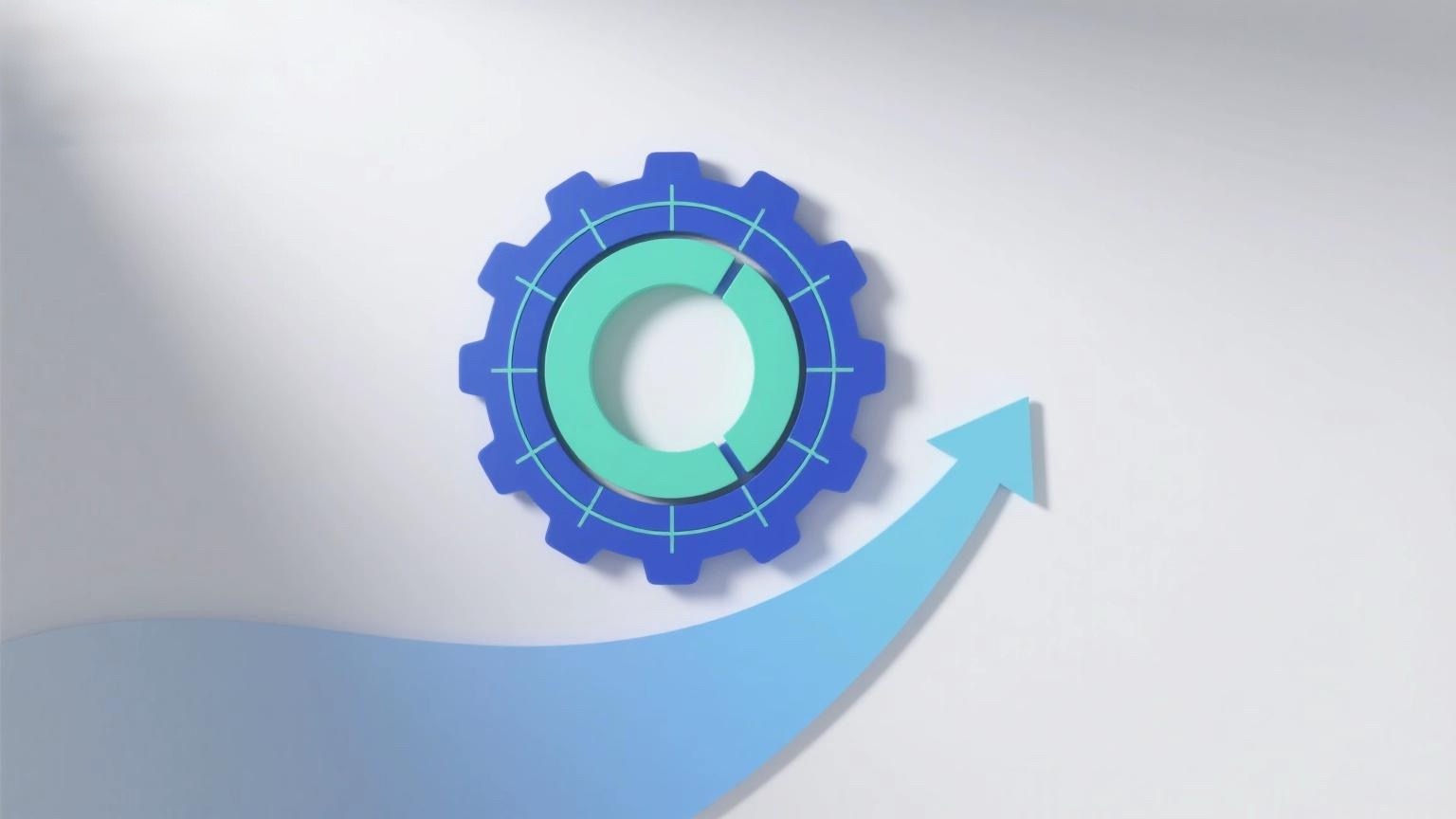
The three major A-share indices collectively closed higher by midday. As of the lunch break, the Shanghai Composite Index rose by 0.07%, the Shenzhen Component Index by 0.14%, and the ChiNext Index by 0.21%, while the BSE 50 Index fell by 0.30%. The combined turnover of the Shanghai, Shenzhen, and Beijing markets during the morning session was 1,093.3 billion yuan, a decrease of 112.9 billion yuan compared to the previous day. Over 2,200 stocks gained across the market.
ETFs closed mixed at midday. The Construction Machinery ETF (159542) led gains with a 2.15% rise, followed by the Nikkei 225 E Fund ETF (513000) and the Nikkei ETF (513520), both up 2.13%. On the losing side, the Innovation ETF (562570) led declines with a 2.28% drop, trailed by the Innovation ETF Fund (562030) and the Innovation 50 ETF (560850), down 2.21% and 2.17%, respectively.
On the news front, on August 7, seven government departments issued an implementation opinion on promoting the innovative development of the brain-computer interface (BCI) industry. The document proposed developing assistive devices, such as physiological signal aids that integrate brain signals with multimodal signals like electromyography (EMG), electrooculography (EOG), electrocardiography (ECG), and near-infrared to enhance the accuracy of interactive control and sensory evaluation. It also called for the development of high-precision surgical robots for implantable BCI, aiming to break through sub-micron precision control and dynamic adjustment technologies while improving real-time regional imaging and 3D reconstruction capabilities. Additionally, statistics show that the National Healthcare Security Administration held five consecutive meetings in mid-to-late July, focusing specifically on "medical insurance support for innovative medical devices."
Zheshang Securities (601878) believes that in recent years, frequent domestic BCI policies, including local incentives and medical insurance coverage, have encouraged the industry's commercialization. They recommend actively monitoring companies in the BCI supply chain, including upstream hardware/software and downstream healthcare solution providers.
















